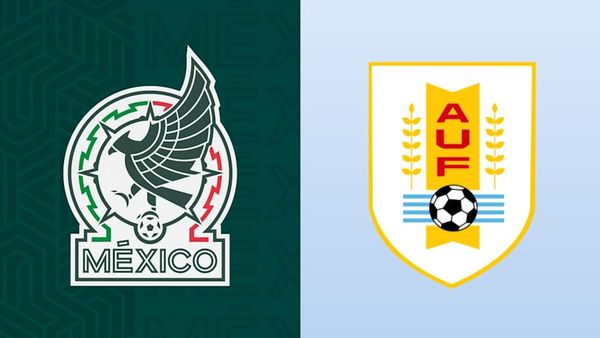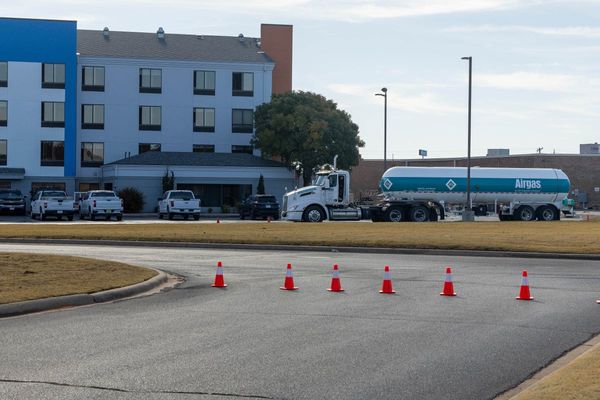
The Doom series is over 30 years old, spanning seven official titles (and literally thousands of wild mods), but veteran Doom Slayers are still crying out for more ripping, more tearing, and more demonic blood. While we await the next entry in this venerable series, here's our list of the Doom games, ranked worst to best.
Doom isn't just a sci-fi shooter series; it's an icon of the industry and surely sits atop the "Mount Rushmore of gaming". The impact it had on gaming, and specifically the first-person shooter genre, can't be understated. Without Doom, we don't get Halo, we don't get Half Life... hell, we don't get Call of Duty.
From the pulse-pounding gunplay and amazing level design to the epic metal soundtracks, Doom oozes style, charisma, and a worrying amount of liquids that used to be inside demons. Even to this day, many developers are still honoring that Doom legacy, such as Auroch Digital's Warhammer 40K: Boltgun and Prodeus.
And while it has a lot of fantasy elements (demons, hell, etc), Doom is firmly a sci-fi affair. The original was set on Mars (and its moons Phobos & Deimos), and Doom Slayer's arsenal of iconic weapons is packed with plasma guns, gauss cannons, and big ffffffffflipping guns (hey, we're a family site here).
If you want to play through the whole series chronologically, our Doom games in order guide has you covered, but otherwise rev up your chainsaw, reload that double-barreled shotgun, and let's dive into our list of the Doom games, ranked worst to best.
7. Doom 3
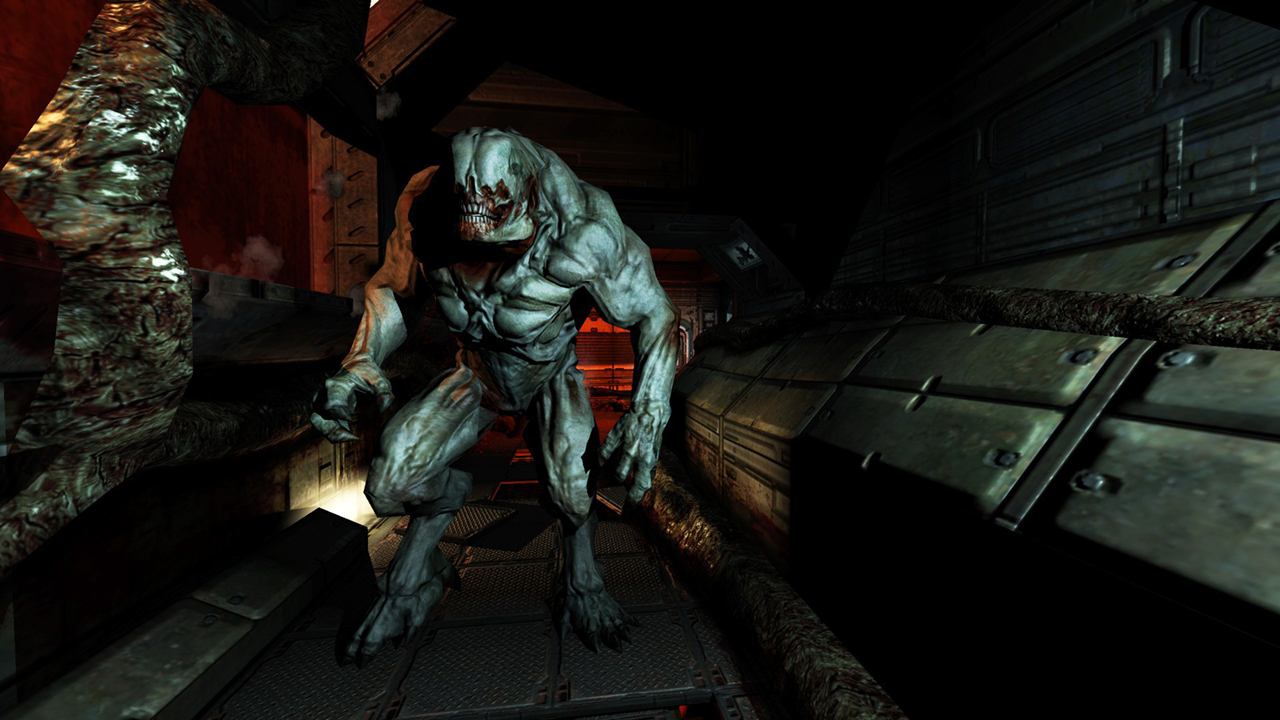
Release date: August 3, 2004 | Platforms: PC, Linux, macOS, PS3/4, Xbox/360/One, Nintendo Switch | Developer: id Software
Doom 3 isn't a bad game by any means. In fact, it could be considered one of the best shooters of the 2000s due to its (back then) advanced graphics, tight gunplay, and really spooky vibes. The thing is (and still is) Doom wasn't meant to be scary despite its darker elements and all the gallons of blood; in other game series with similar premises, you're scared of the demons and monstrosities, yet in Doom it's the other way around.
On the surface, Doom 3 looks and plays like a classic Doom game. While the rebooted story (also set on Mars in the future) plays things safe, the overall mood, pacing, and approach to its mechanics outside of shooting made it more of a modern space horror FPS that happens to be a Doom game instead of an actual follow-up to Doom 1 and 2.
6. Doom 64
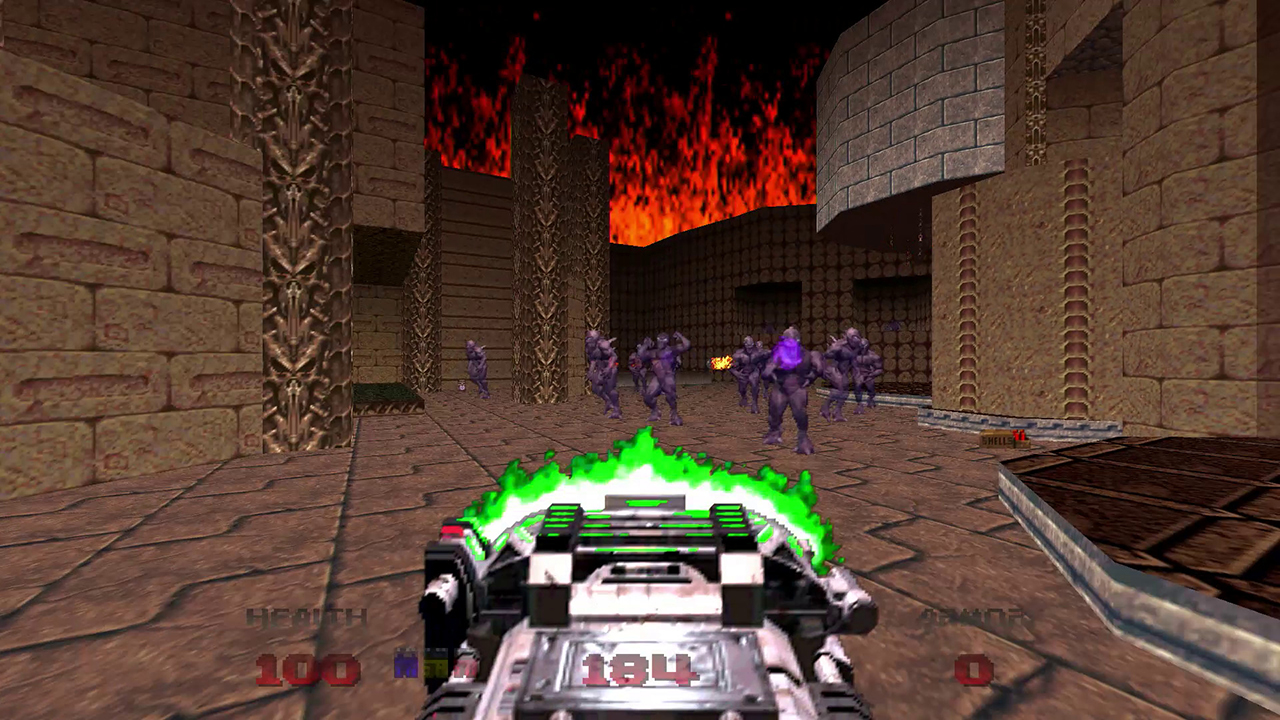
Release date: April 4, 1997 / March 20, 2020 | Platforms: PC, PS4, Xbox One, Nintendo 64/Switch | Developer: Midway Studios, Nightdive Studios
Doom 64 is a funny release in the sense that it had been stuck as a Nintendo 64 exclusive since 1997 all the way up until 2020! That's when Nightdive Studios released a remastered port alongside Bethesda Softworks. Now, we finally have easy (and legal) access to the true Doom 3.
Mind you, id Software didn't develop this entry, but Midway Games did a remarkable job with what they were given. In many ways, Doom 64 offers improvements over its two predecessors, from more advanced visuals to new weapons. The story isn't a retread either and presents itself as a logical sequel to the events of Doom 1 and 2. If you've never played it before, give it a fair shake.
5. Doom: The Dark Ages

Release date: May 15, 2025 | Platforms: PC, PS5, Xbox Series X/S | Developer: id Software
While Doom Eternal felt like an upgrade of the first rebooted installment in many ways, Doom: The Dark Ages, the 2025 prequel with a strong dark medieval fantasy flavor, is more of a sidegrade. This isn’t necessarily bad, as the more horizontal and wider level design and parry-based ‘bullet hell’ mechanics set it apart from the rest of the franchise, but The Dark Ages’ highs aren’t as hard-hitting and memorable as its two predecessors.
The Dark Ages feels like id Software going through the motions, trying to improve upon the near-perfect mechanics of Eternal. Boss fights aren’t nearly as challenging; the platforming is missing that spice which made Eternal’s trickiest gauntlets feel like first-person 3D Mario, and the story is largely incomprehensible slop full of proper nouns that's completely devoid of drama, tension, or intrigue. I never skip cutscenes, and oh boy was I tempted here.
No one plays Doom for the plot — something Doom (2016) understood perfectly, but the lacking quality is more obvious when there’s so much of it. It’s a perfectly fine Doom game, but definitely a signal that the franchise needs another nap.
4. Doom (2016)
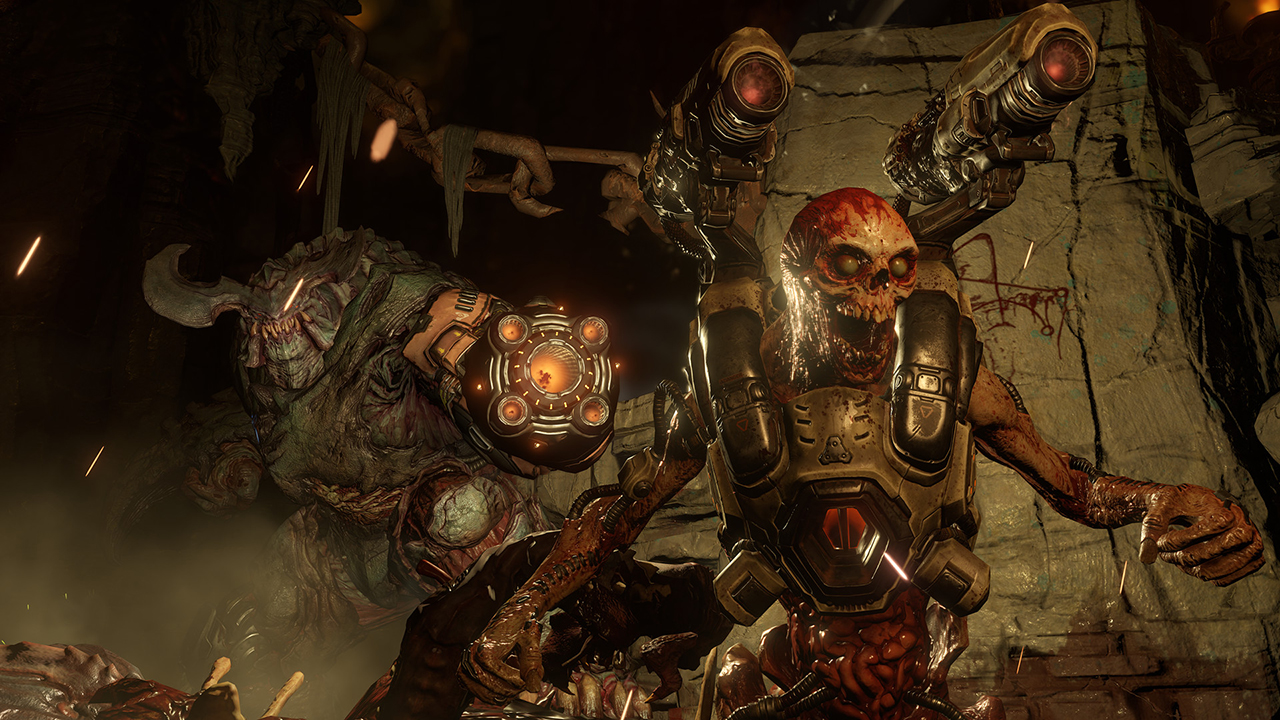
Release date: May 13, 2016 | Platforms: PC, PS4, Xbox One, Nintendo Switch | Developer: id Software
The 2016 Doom reboot, once again handled by id Software, nailed almost everything it set out to do: it looked spectacular, ran smoothly, played super well, and expanded on the vibes and level design of the two original games. This was the kind of "return to the OG roots" that many franchises had been trying to achieve with poor results. Meanwhile, id Software took its time to evaluate what Doom truly was and came out swinging.
Admittedly, Doom (2016) does lose some steam towards the end, where chaotic battle arenas become more intense and less creative. However, it offered much more than crunchy shooting and gory kills; it was also one hell of a riff on 'metroidvania' level structures and progression that had been explored in the FPS space by the Metroid Prime series first.
3. Doom Eternal

Release date: March 20, 2020 | Platforms: PC, PS4/5, Xbox One/Series X/S, Nintendo Switch | Developer: id Software
Doom Eternal reworked much of the overall flow of common combat encounters and level design, resulting in a more frenzied and relentless experience. Not every Doom fan loved this, but its daring energy alongside id Software's "let's really try not to repeat past hits without some extra juice" approach should be applauded.
Eternal is a direct sequel to Doom (2016), so you shouldn't skip that one (why would you anyway?), but it immediately raises the stakes to a whole new level. The player is given plenty of new toys and abilities that make every level a joy to clear... if you can absorb all the information and hellfire that will rain down upon you.
2. Doom II

Release date: October 10, 1994 | Platforms: PC, Linux, iOS, macOS, Android, Sega Saturn, Tapwave Zodiac, PS1/3/4, Xbox/360/One, Game Boy Advance, Nintendo Switch | Developer: id Software
Sorry, but the two original Doom games still remain the best of the best in the FPS space. The real question is, out of these two, which one was actually the best on its own? Sure, Doom II strongly nurtured the development of amazing mods for decades (and continues to do so), but is the "vanilla" experience better than its predecessor's?
We're gonna go with "not really" on this one. Yes, Doom II is a fantastic game, among the best ever made, yet if you play the first two games back-to-back, it's easy to notice the shortcomings of Doom II's level design, especially during its back half. As great as every other element is, some of Doom II's more advanced levels just feel too random when it comes to their layout and flow, and they can even become frustrating before the quality bounces back up again.
1. Doom

Release date: December 10, 1993 | Platforms: PC, Linux, iOS, macOS, Android, Sega Saturn, Tapwave Zodiac, PS1/3/4, Xbox/360/One, Game Boy Advance, Nintendo Switch | Developer: id Software
And the number one spot goes to... just Doom. The classic, the OG, the grandaddy of all first-person shooters. This game is downright iconic and memorable, despite the basic graphics and the almost non-existent narrative. Everything just clicked together, and it still holds up.
The thing with the original Doom is that the FPS genre has come incredibly far since its initial release. Sure, by today's standards, it might not be as important for younger players, but even if you take the nostalgia goggles off, its genius is in plain sight (as long as you can stand the game design and graphical limitations of the 1990s).
It was a leap of faith that redefined an entire medium, not just the FPS genre, and on a purely visceral level, it simply feels good to play from start to finish, even now.
